Text Solution
Verified by Experts
|
Topper's Solved these Questions
CARBOXYLIC ACIDS AND THEIR DERIVATIVES
CENGAGE CHEMISTRY|Exercise Exercises (Subjective)|19 VideosView PlaylistCARBOXYLIC ACIDS AND THEIR DERIVATIVES
CENGAGE CHEMISTRY|Exercise Exercises (Linked Comprehension)|34 VideosView PlaylistCARBOXYLIC ACIDS AND THEIR DERIVATIVES
CENGAGE CHEMISTRY|Exercise Exercises Archives (Analytical And Descriptive)|34 VideosView PlaylistBIOMOLECULES, POLYMERS AND CHEMISTRY IN EVERYDAY LIFE
CENGAGE CHEMISTRY|Exercise QUESTION BANK|8 VideosView PlaylistCHEMICAL KINETICS
CENGAGE CHEMISTRY|Exercise Archives Subjective|23 VideosView Playlist
Similar Questions
Explore conceptually related problems
Knowledge Check
Similar Questions
Explore conceptually related problems
CENGAGE CHEMISTRY-CARBOXYLIC ACIDS AND THEIR DERIVATIVES-Solved Examples
- Convert the following : (a) (b)underset((I))(PhH("Benzene"))under...
13:55
|
Playing Now - There are two paths for the preparation of 2-methyl pentanoic acid (II...
02:10
|
Play - Complete the following reactions : (a)
02:47
|
Play - Explain the formation of the compound in the following reaction. .
03:19
|
Play - Differentiate between the following : (a) (I) Propanoic acid (C2 H5...
08:24
|
Play - Identify the products and explain their formation. (a) (b) ( c...
15:33
|
Play - Distinguish between the following : (a) MeCOCl (ethanoyl chloride) a...
04:51
|
Play - Complete the following reaction : (a) (b) ( c) (d) ( e) ...
15:48
|
Play - Give the decreasing order of reactivity of the following amides in Hof...
04:33
|
Play - Give the decreasing order of reactivity of the following towards hydro...
04:26
|
Play - Differentiate between the following acids : (a) (b)
01:54
|
Play - Explain the machanism of the following reaction : .
01:47
|
Play - Complete the missing reactants : (a) (b) ( c) (d) .
03:51
|
Play - Identify : (a) (b)
09:59
|
Play - Identify : (a) (b) ( c)
16:10
|
Play - Identify (A) and (B). .
03:16
|
Play - Explain : (a) Ethyl isobutyrate does not undergo Claisen condensatio...
05:19
|
Play

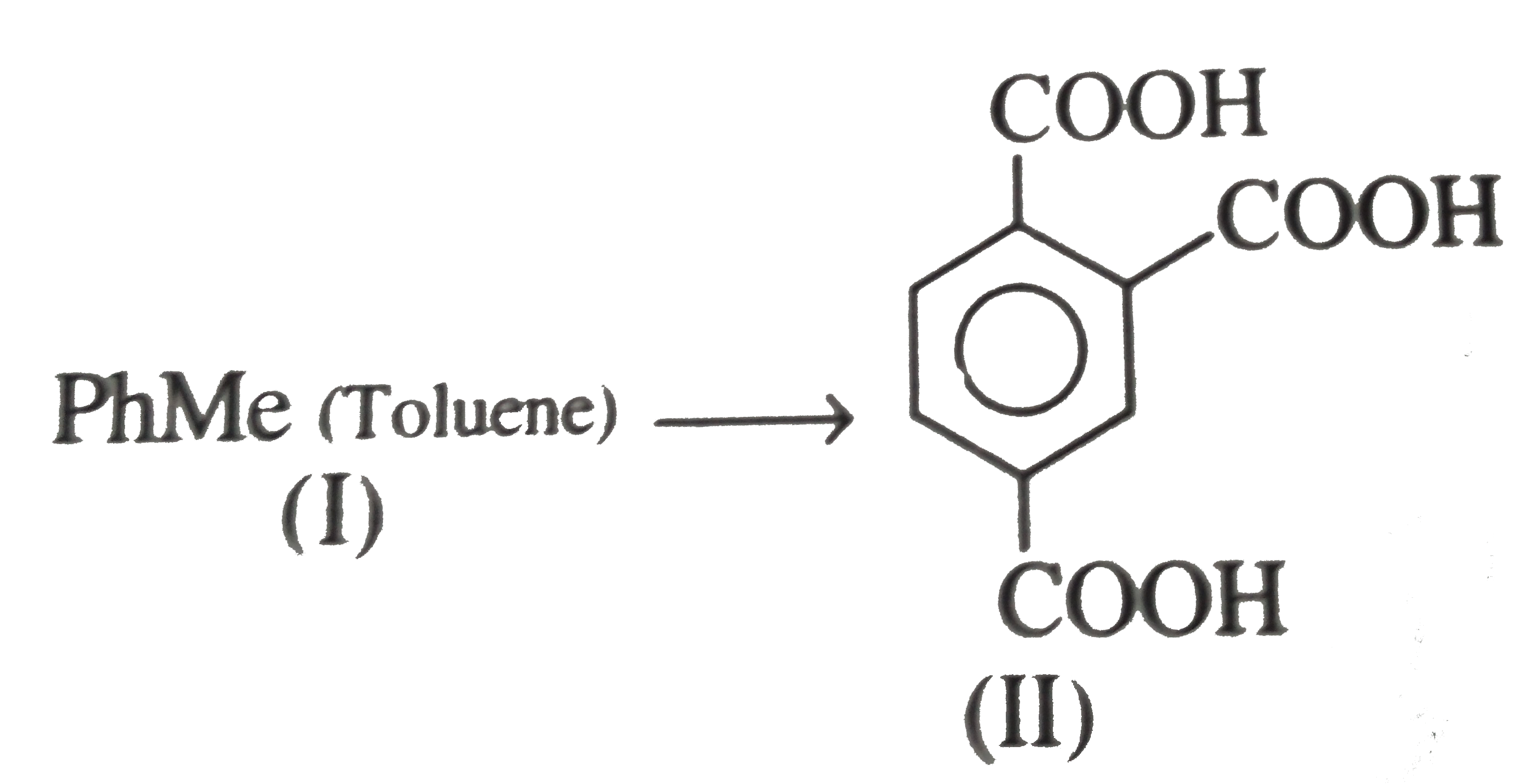
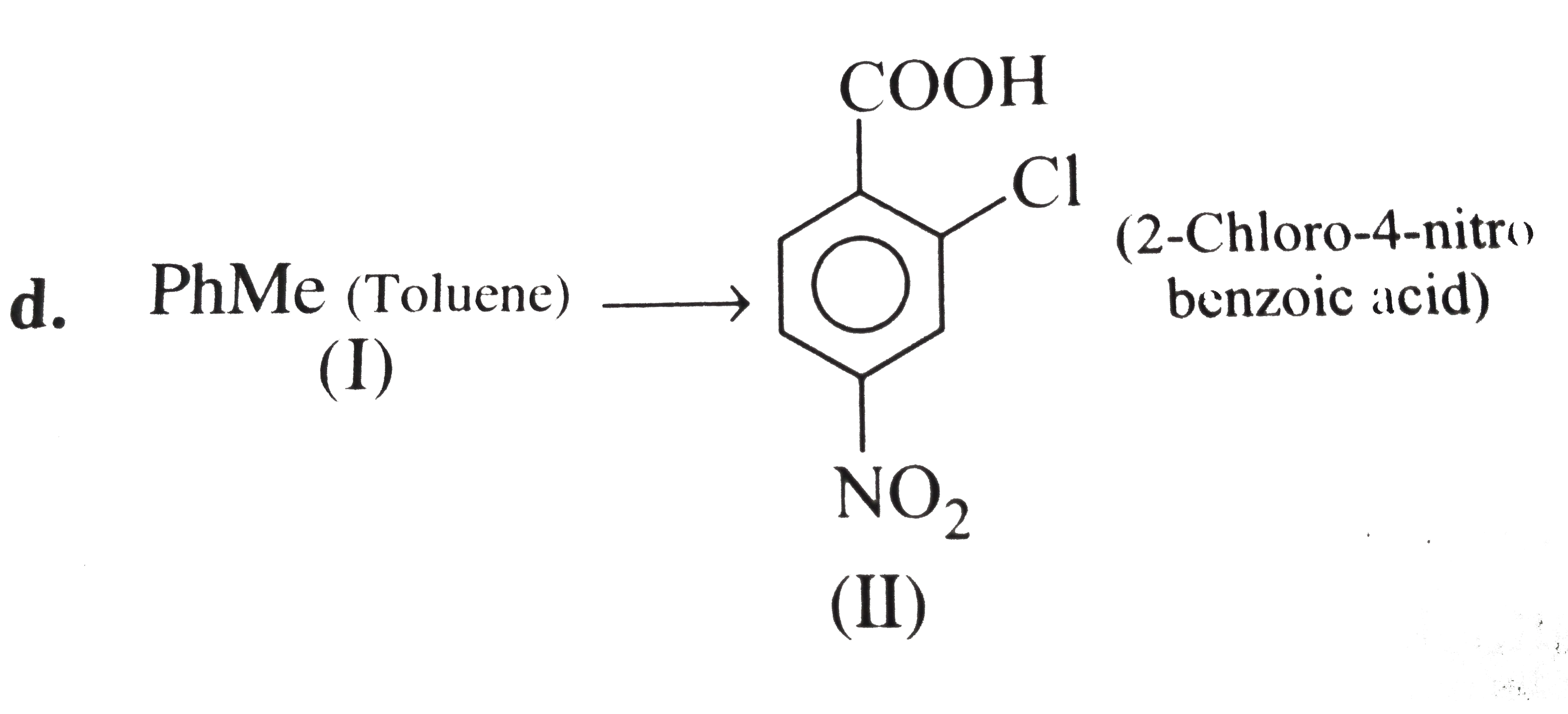




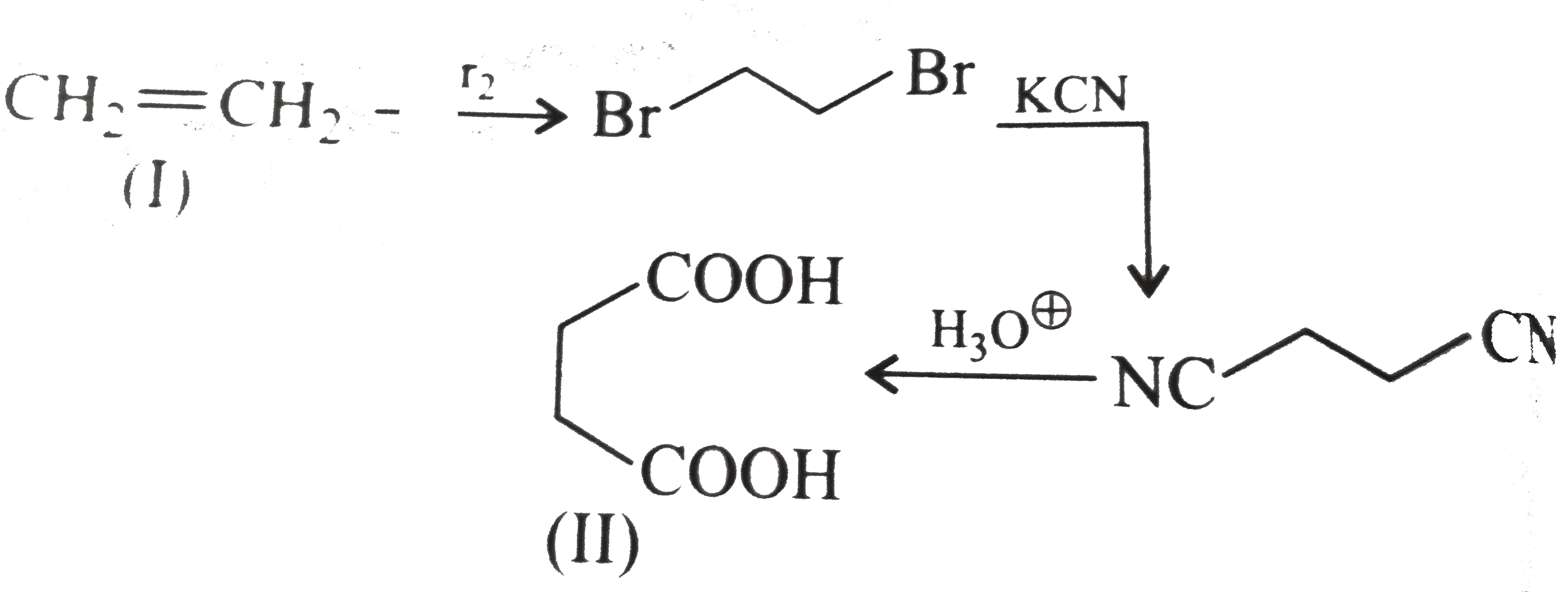
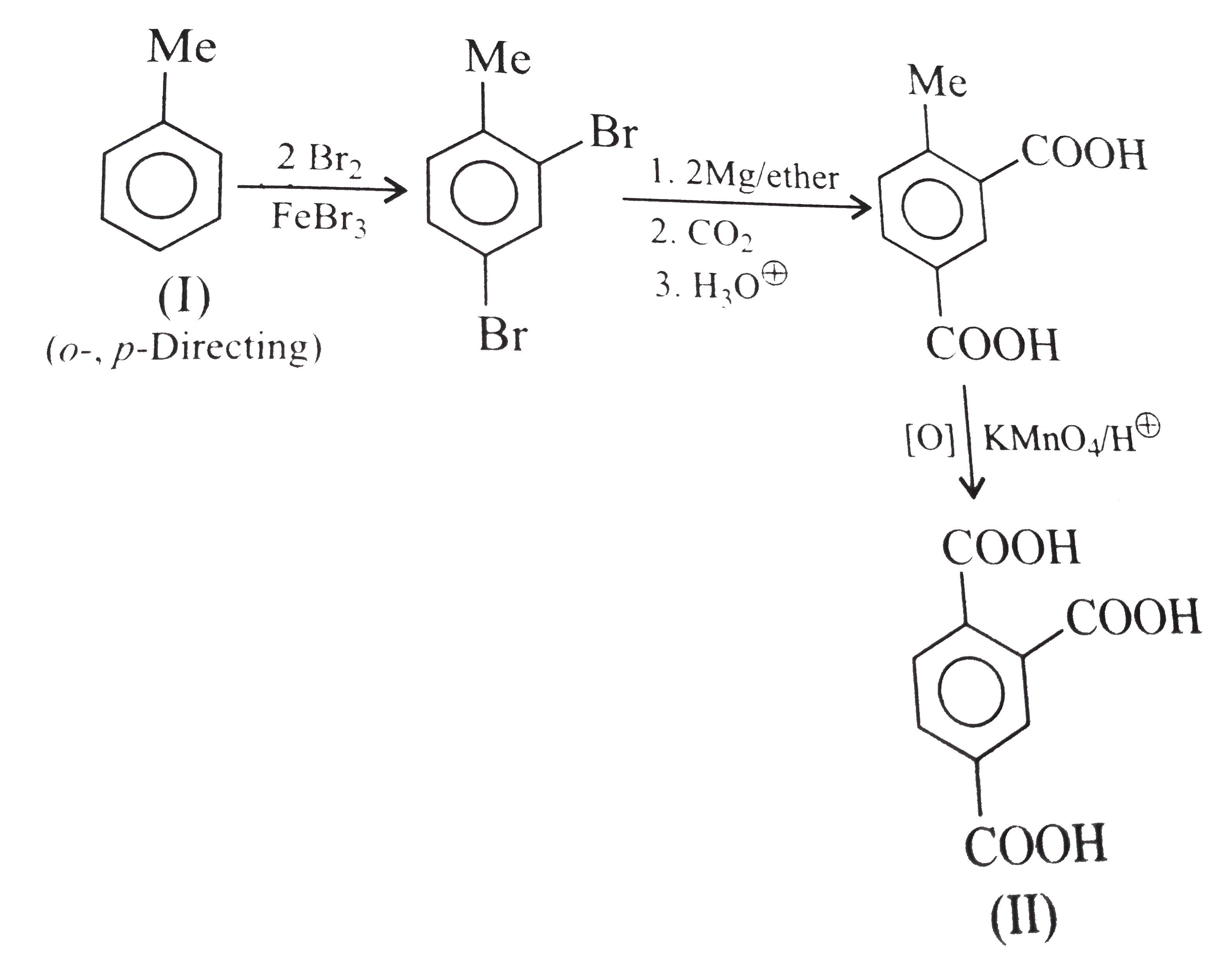
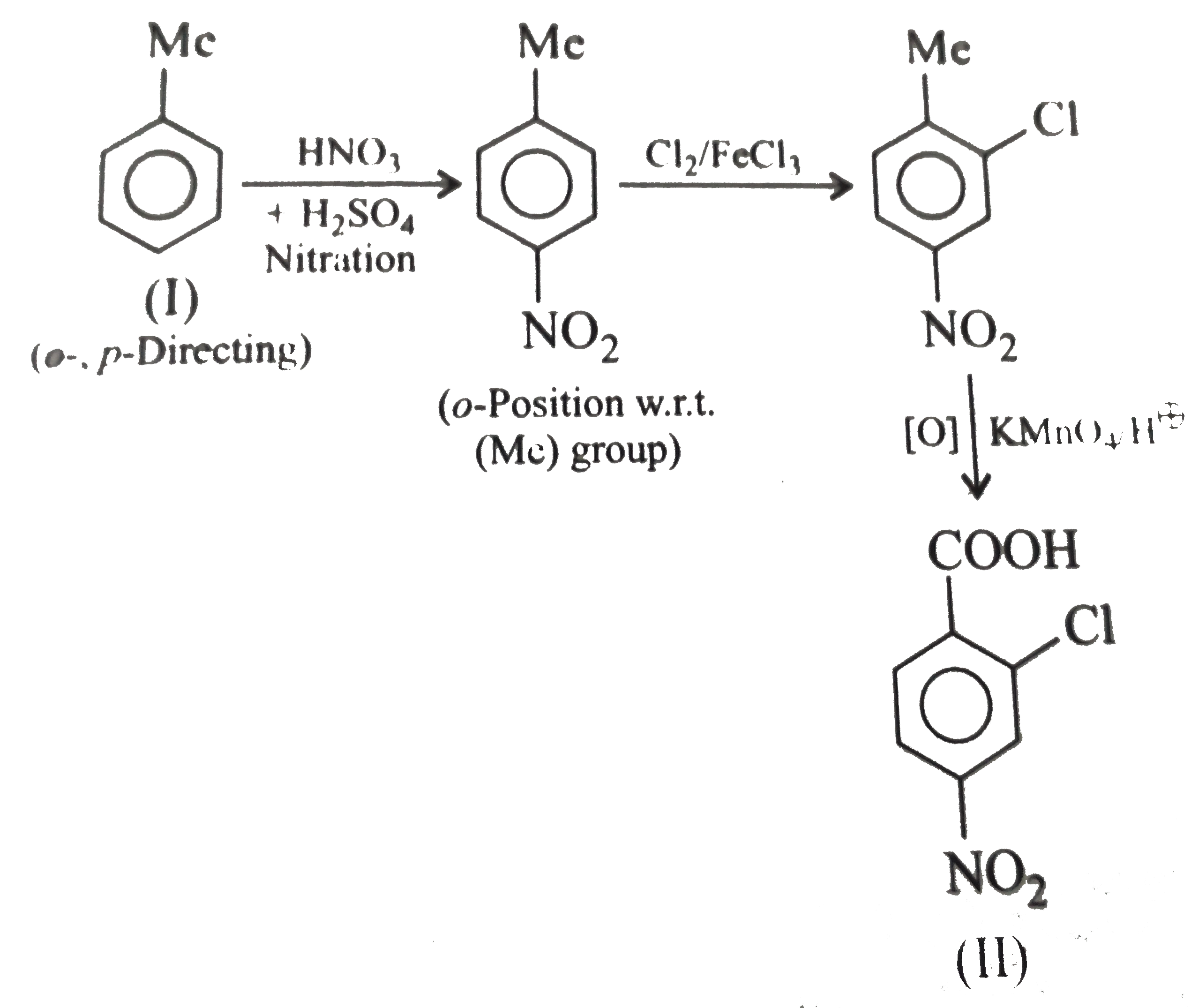
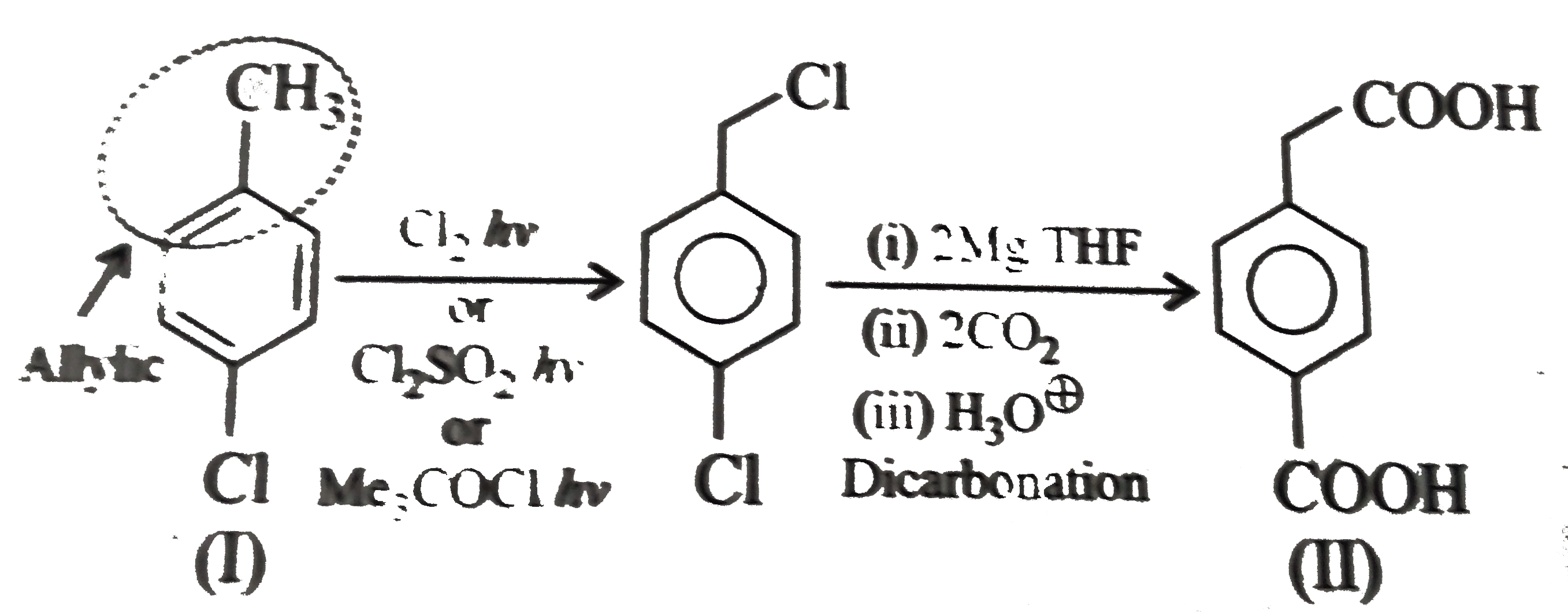
 However, `ArBr` (aryl bromide) in ether reacts with `Mg` to form `G.R`.
However, `ArBr` (aryl bromide) in ether reacts with `Mg` to form `G.R`. 
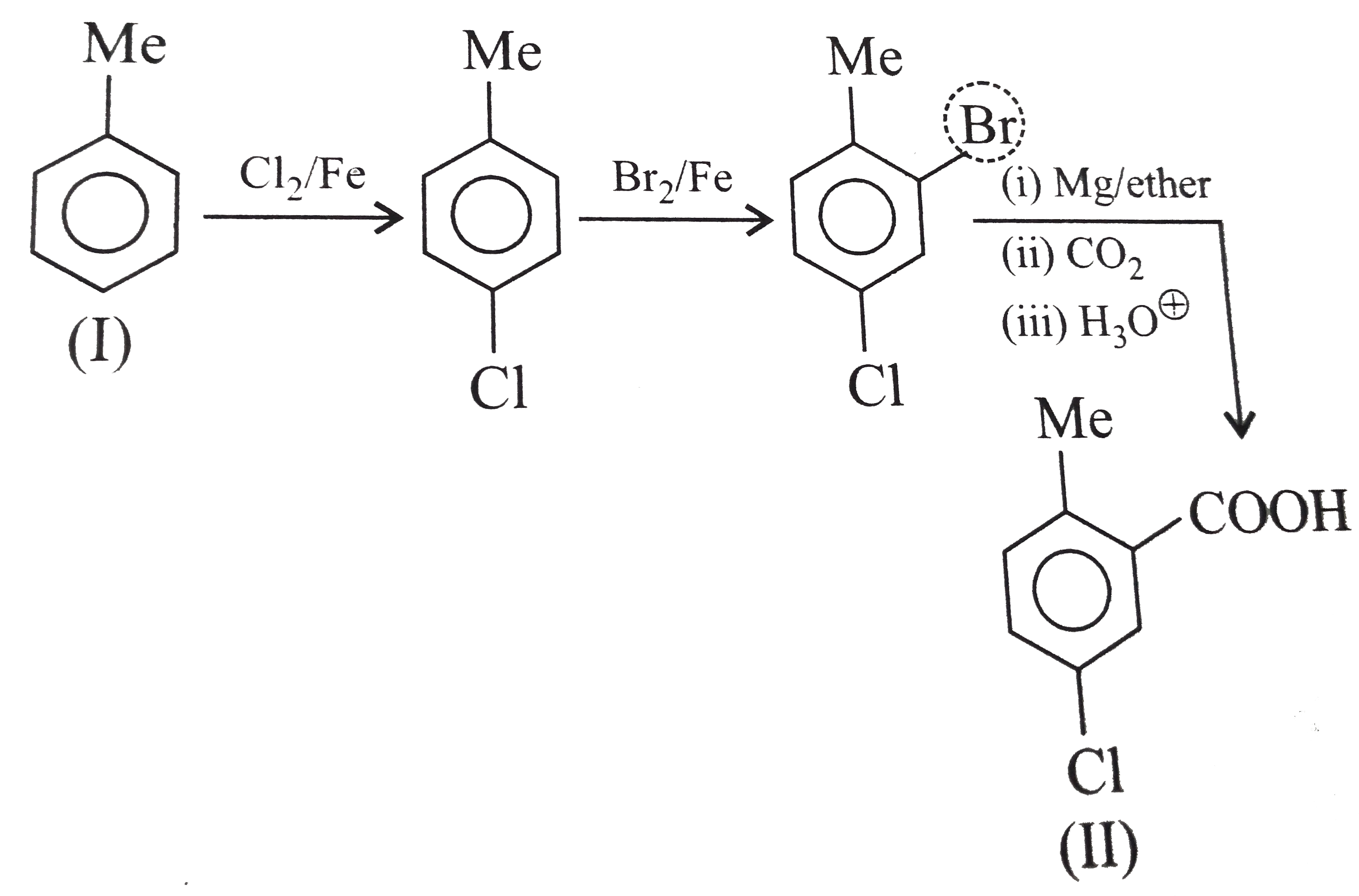
` <br> (i) Here a `1 C` atom step-up method is needed. Introduce `Br` or `Cl` at `alpha-position` (`H.V.Z` method), and then use cyanide method followed by hydrolysis. <br> <img src=) .
.